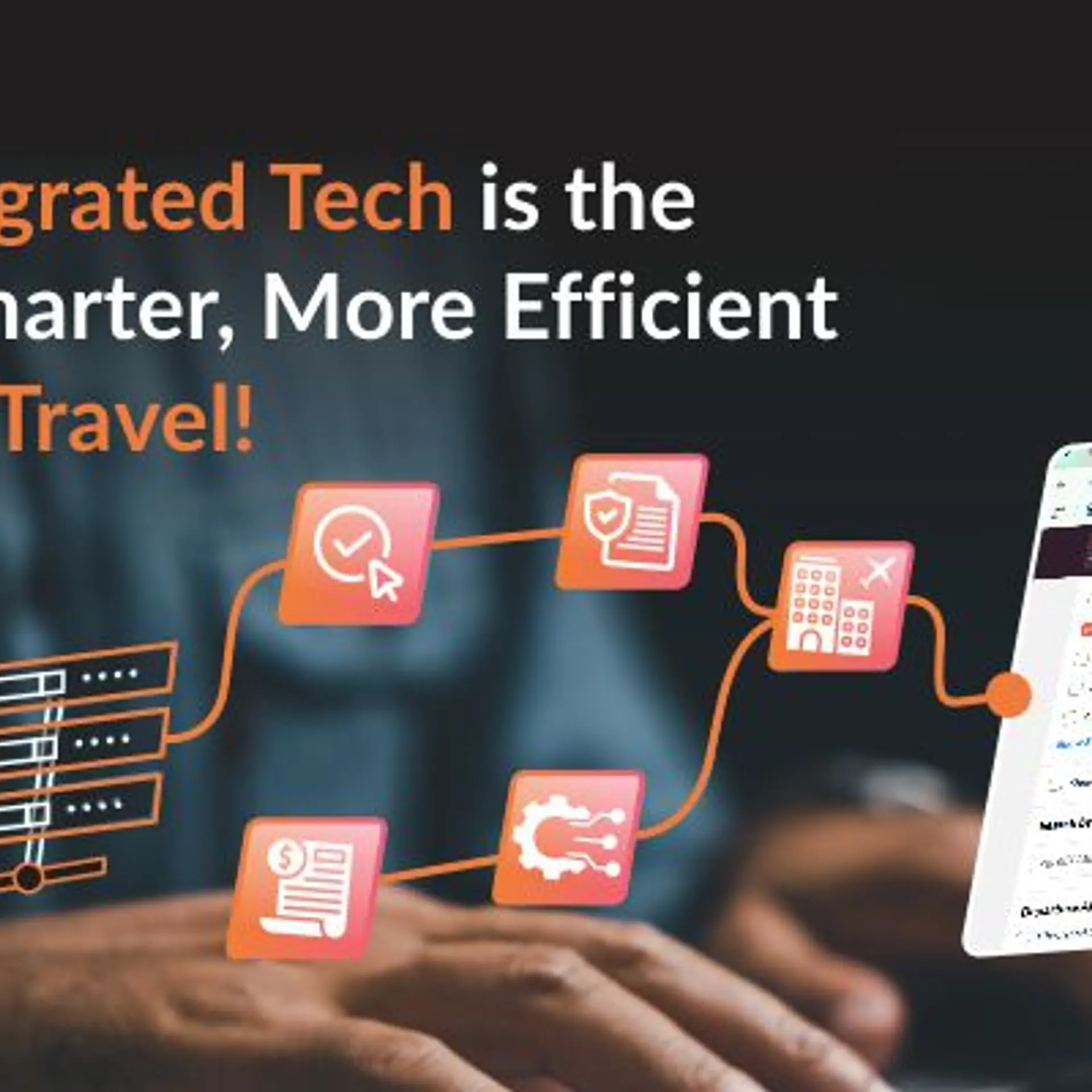Unleashing Virtual Assistants: Voice Recognition & NLP Power
Experience a New Era of Customer Service with Voice Recognition and NLP Technology
In the ever-evolving world of customer service, businesses are constantly seeking innovative ways to enhance the customer experience. One technology that is revolutionizing the field is the use of Virtual Assistants (VAs) empowered with voice recognition and natural language processing (NLP) capabilities. This powerful combination enables VAs to understand and respond to customer queries, unlocking a new level of potential in customer service interactions. In this article, we will explore how voice recognition and NLP are transforming the role of VAs and reshaping the customer service landscape.
Understanding Voice Recognition and Natural Language Processing:
Voice recognition technology allows Virtual Assistants to comprehend spoken language and convert it into actionable data. This capability enables customers to engage with VAs using their natural voice, eliminating the need for complex menus or written instructions. Natural Language Processing, on the other hand, empowers VAs to analyze and interpret human language, enabling them to understand context, intent, and sentiment.
Improved Customer Interactions:
By leveraging voice recognition and NLP, Virtual Assistants can provide customers with a more intuitive and seamless interaction. Customers can now communicate with VAs in a conversational manner, just as they would with a human agent. This technology breakthrough eliminates the frustration of navigating through menus or having to type out specific commands, resulting in a more satisfying and efficient customer experience.
Enhanced Personalization:
Voice recognition and NLP enable VAs to recognize individual customers and understand their preferences. By analyzing previous interactions and customer data, VAs can personalize their responses, recommendations, and suggestions. This level of personalization fosters stronger connections with customers, enhancing loyalty and satisfaction.
Efficient Query Resolution:
With the power of voice recognition and NLP, VAs can accurately understand complex queries, even when expressed in different phrasings or dialects. Customers can ask questions naturally, and VAs will provide relevant and precise responses. This capability reduces the frustration of miscommunication and allows for quicker and more efficient query resolution.
24/7 Availability:
Virtual Assistants equipped with voice recognition and NLP capabilities can provide round-the-clock support to customers. Unlike traditional customer service channels with limited operating hours, VAs are always available to assist customers, ensuring that their needs are met promptly, regardless of the time zone or location.
Multilingual Support:
Voice recognition and NLP empower VAs to understand and respond in multiple languages. This capability eliminates language barriers and enables businesses to serve a diverse customer base effectively. Whether customers prefer to communicate in English, Spanish, Mandarin, or any other language, VAs can cater to their needs, expanding global reach and customer satisfaction.
Continuous Learning and Improvement:
One of the remarkable aspects of voice recognition and NLP technology is its ability to learn and adapt. Virtual Assistants can continuously analyze customer interactions, identify patterns, and improve their responses over time. Through machine learning algorithms, VAs become more accurate, efficient, and capable of delivering personalized and contextually relevant support.
The Future of Customer Service:
Voice recognition and NLP have opened up endless possibilities for the future of customer service. As technology advances, VAs will become even more adept at understanding and responding to customer needs. With advancements in artificial intelligence, facial recognition, and emotional analysis, VAs may even be able to detect customer emotions and tailor their responses accordingly, further enhancing the customer experience.
Virtual Assistants equipped with voice recognition and natural language processing capabilities are transforming the customer service landscape. By enabling intuitive and personalized interactions, efficient query resolution, and round-the-clock availability, VAs are reshaping how businesses engage with their customers. As technology continues to advance, the potential for VAs to deliver exceptional customer experiences will only grow. Embracing voice recognition and NLP technology is not just a trend but a strategic move that allows businesses to stay ahead of the competition and meet the evolving expectations of customers in a rapidly changing world.







